Why homelessness is solvable — as told by the people solving it.
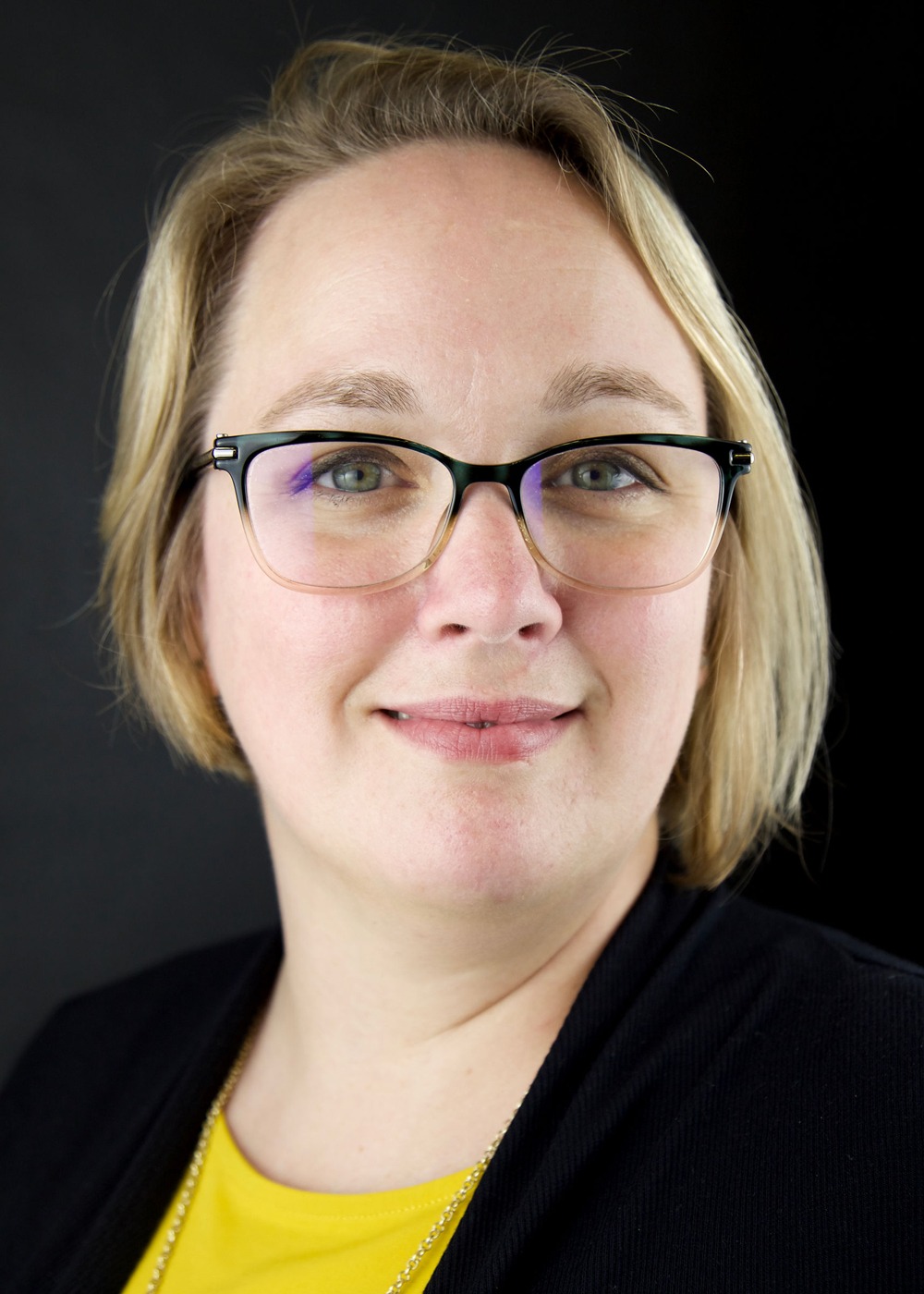
Redesign for zero
“Ultimately, we believed we would be able to get to a different status quo because we operated differently,” said Brenda O’Connell, Lake County Community Development Administrator. “We have flipped all of our work, so that it is in service of the goal of ending homelessness.”
Lake County, Illinois, a region of 600,000 people, measurably ended veteran homelessness in 2018. O’Connell played a lead role in her community’s efforts to reach this milestone. As she explains, they had to change their homeless response system to work toward ending homelessness.
“People think ending homelessness is not achievable, because the system wasn’t designed to end it — it was designed to manage it,” O’Connell said. “But if you redesign it with zero in mind, it can be ended.”
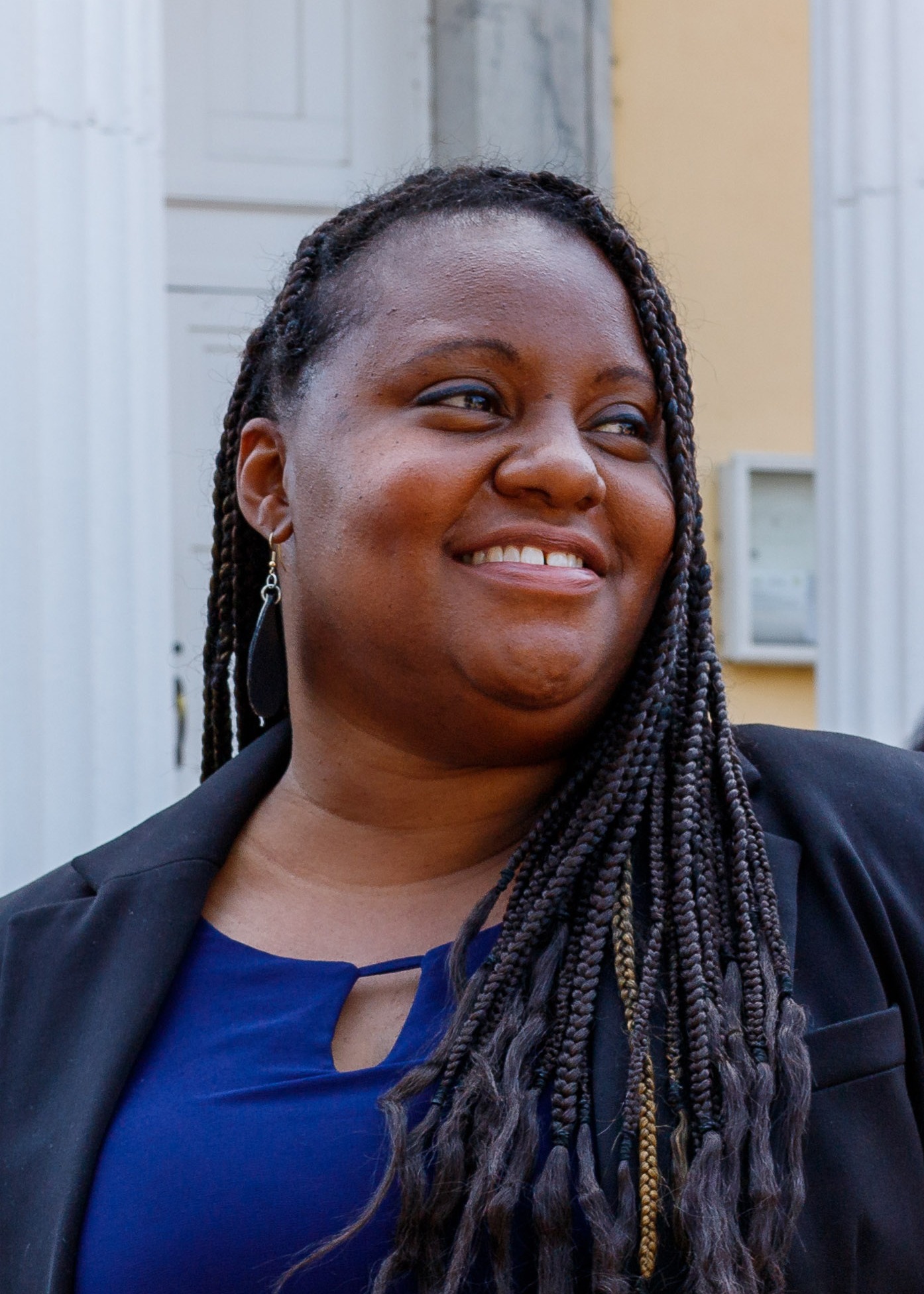
Build a team
Crater Region, Virginia, is made up of two cities, six counties, and about 30,000 people.
“We don’t have the resources or funding that a lot of the large Continuums of Care do,” said Erica Holmes, Director of Program Operations at St. Joseph’s Villa.
But they were able to reach functional zero for veteran homelessness by creating a strong network designed to serve veterans.
“Building on grassroots was key,” Holmes said. “We use our community partners to meet the needs of those that we’re serving. That includes leveraging community support and grass roots organizations, like faith-based organizations, across the community.”
A network of providers meets regularly for case conferencing, where the group discusses housing solutions for people experiencing homelessness. Each provider brings different resources to the table.
“We worked to help our community partners understand how everyone plays a role in ending homelessness,” Holmes said.
The power of this network was demonstrated during the pandemic. The community partnered with grassroots and faith-based organizations to continue providing food and supplies to the people experiencing homelessness, as other resources were shutting down.
“We couldn’t have done it without the community rallying behind us and saying ‘Hey, what can we do in the midst of all of this?’” Holmes said.
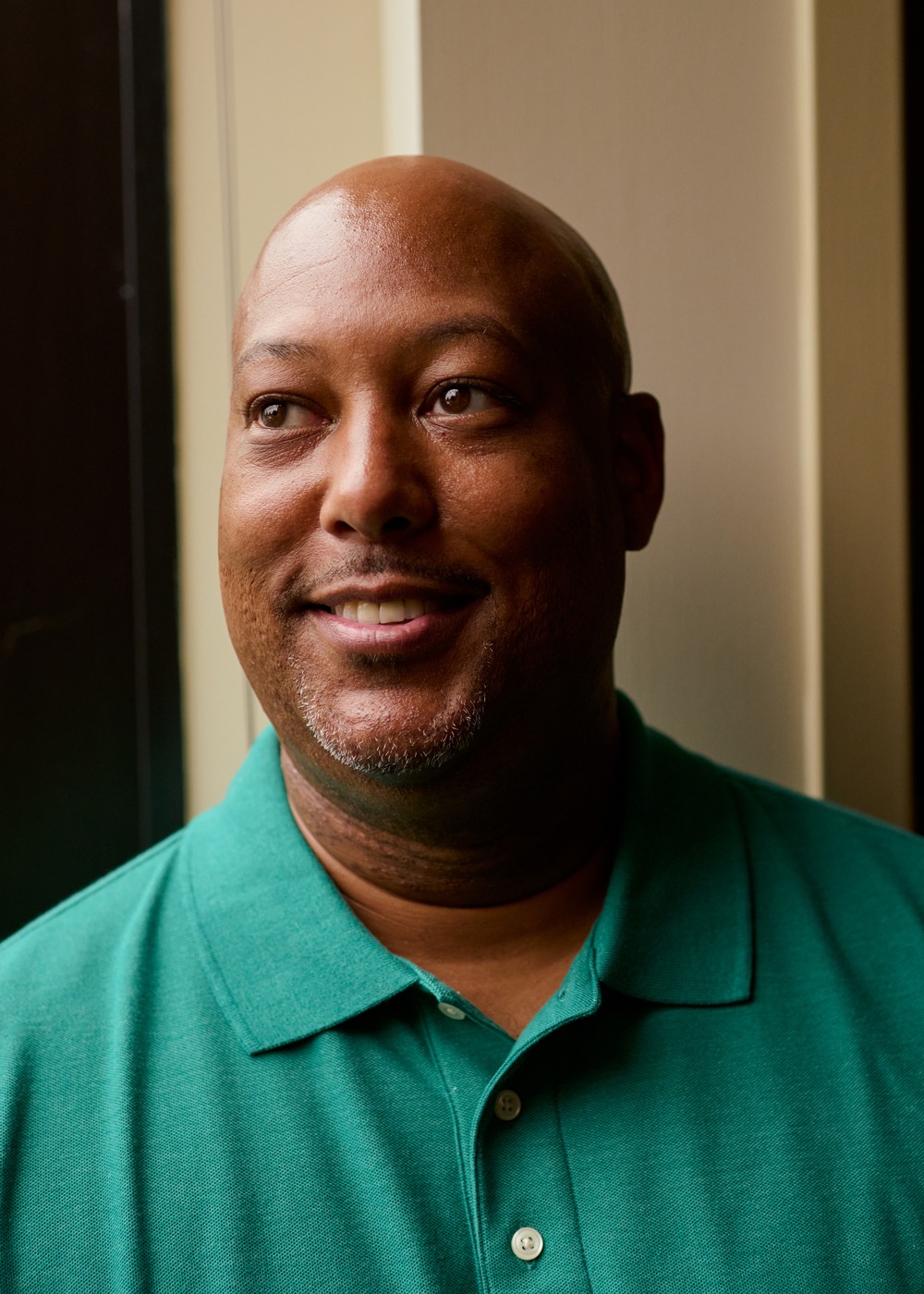
Believe in the people you’re serving
Since 2019, Charlotte and Mecklenburg County, North Carolina, have worked to decrease veteran homelessness by more than 20%.
“When someone’s homeless, they’re not hopeless. They’re just not in a home right now,” Thomas Jacobs said.
And that’s a problem he can help solve.
Jacobs works for Veterans Bridge Home, which is part of a constellation of organizations working to end veteran homelessness in Charlotte.
“We ask them, ‘What do you need right now? What do you need in the future, so we can build a whole plan for you to get you connected?’” Jacobs said.
Jacobs compares his organization’s role to that of an old-school telephone switchboard operator: plugging veterans into the right services for their needs at the right time.
“The biggest thing is making sure we are connecting vets with the right agencies, so we can have the best chance for success,“ Jacobs said.
They rely on a by-name list to make sure they’re accounting for every veteran experiencing homelessness in the area. The community works together to break down the barriers that stand in the way of getting veterans connected to what they need to exit homelessness.
“If you are from a military background, you had a unit of comrades and it was life and death,” said Jacobs, who is an Army National Guard veteran. “Some people are missing that camaraderie. We’ve got to provide that network on the civilian side as well.”
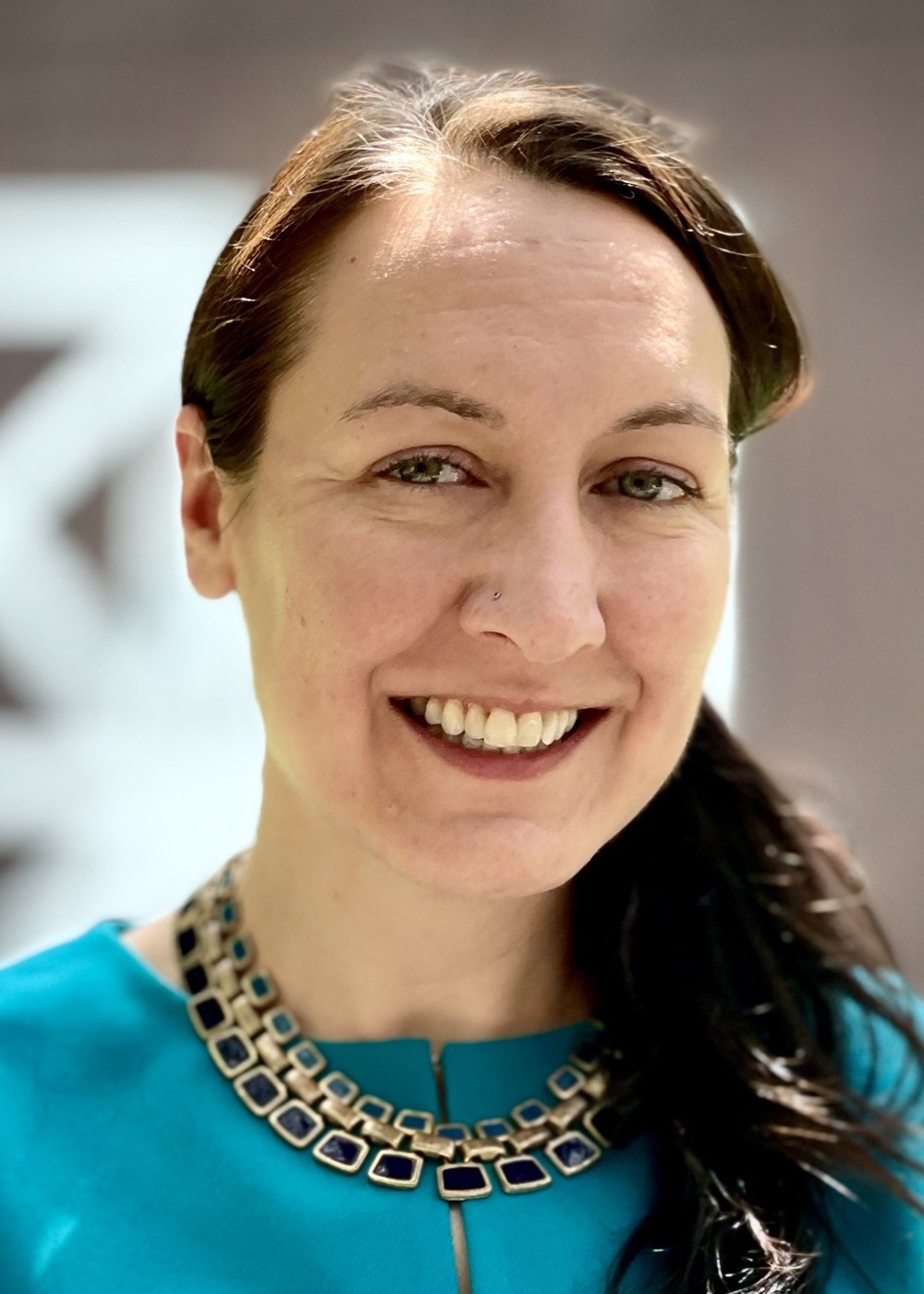
Use data to seize the moment
According to Amanda Harris, this is both the best time — and the worst time— to work in homeless services.
She understands first and foremost, that the stakes are higher than ever, with COVID-19 threatening the lives of people experiencing homelessness. Simultaneously, the pandemic response has triggered greater resources for homelessness than ever before.
“This is a once-in-a-lifetime opportunity,” she said. “We have an opportunity to make a serious dent in homelessness.”
Harris works as the Chief of Services to End and Prevent Homelessness for the Montgomery County Department of Health and Human Services. The community is one of the 14 communities in Built for Zero that have reached functional zero, a milestone for solving homelessness for a population.
In Montgomery County, all the leaders of homelessness services meet twice a month to coordinate housing placements for people on their by-name list. In those meetings, all the members provide updates on their progress toward their shared goals.
This includes, for example, a goal of sustaining functional zero for veteran homelessness. For Montgomery County, that means working to ensure six or fewer veterans are experiencing homelessness at any time.
“It’s keeping track of that number and making sure we’re talking about it,” she said. “And through our by-name list, we know every veteran and are able to talk about them — if we’re facing challenges getting them into a placement, or if they need a higher level of care. Knowing them by name is critical.”
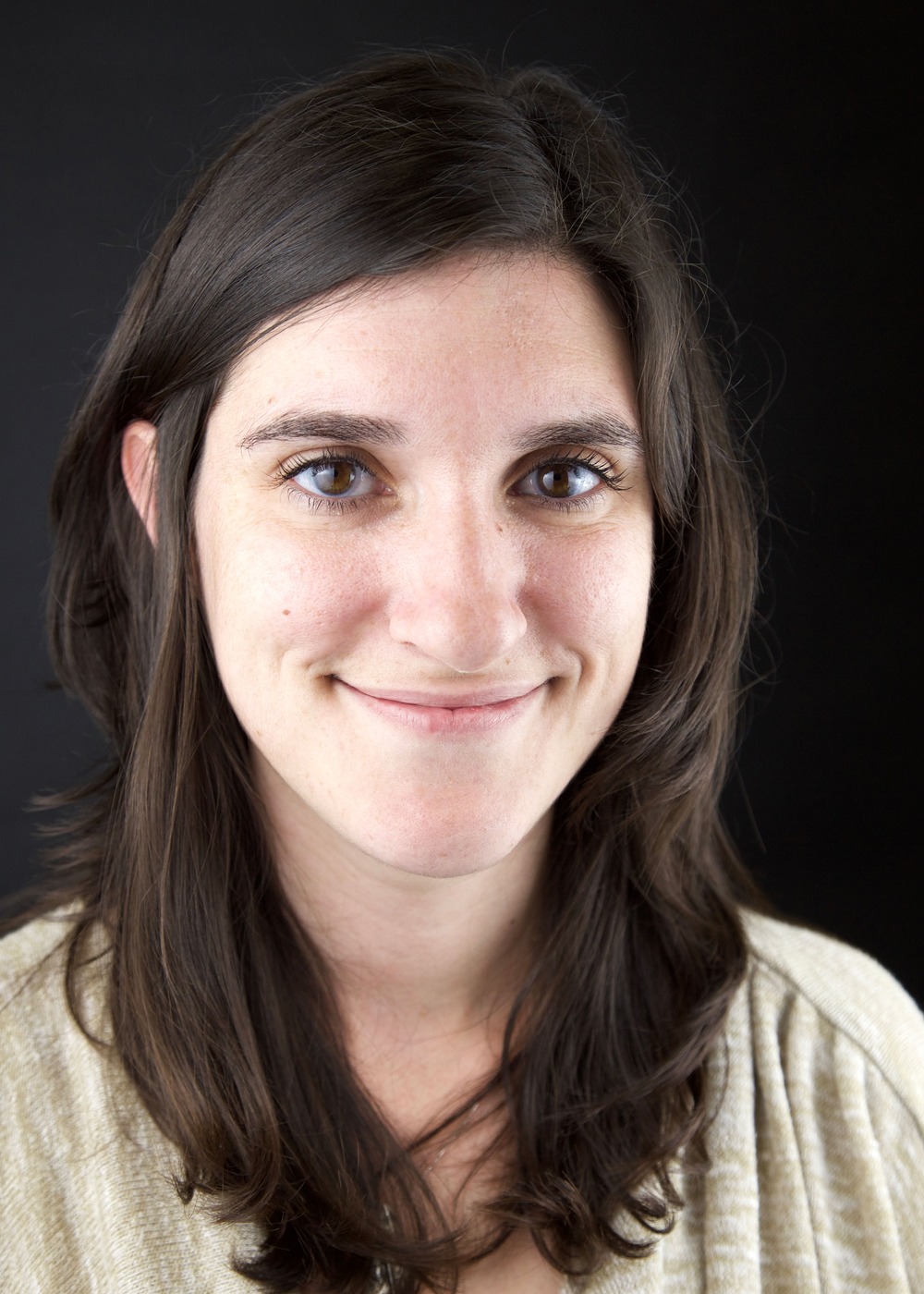
Believe that it’s possible
“I think the first step is genuinely believing that achieving this goal is possible,” said Danielle Werder, who runs the program as the manager of the Office to End Homelessness at Hennepin County Health and Human Services. “When somebody says, ‘I just don’t know how this person is going to be housed,’ we reframe and say, ‘What could we do to create the opportunity that this person needs to leave shelter?’”
Hennepin County, home to Minneapolis, Minnesota, is working to end chronic homelessness — and they’re making progress, despite the challenges of the pandemic.
Throughout 2020, their team continued to house 20 people a month from their by-name list of people experiencing chronic homelessness.
In response to COVID-19, the county created a program to move medically vulnerable clients into hotels and out of congregate shelters or unsheltered homelessness. From there, they work on finding these clients permanent housing.
“We just keep going,” said Werder. “And we genuinely believe we can end chronic homelessness.”




